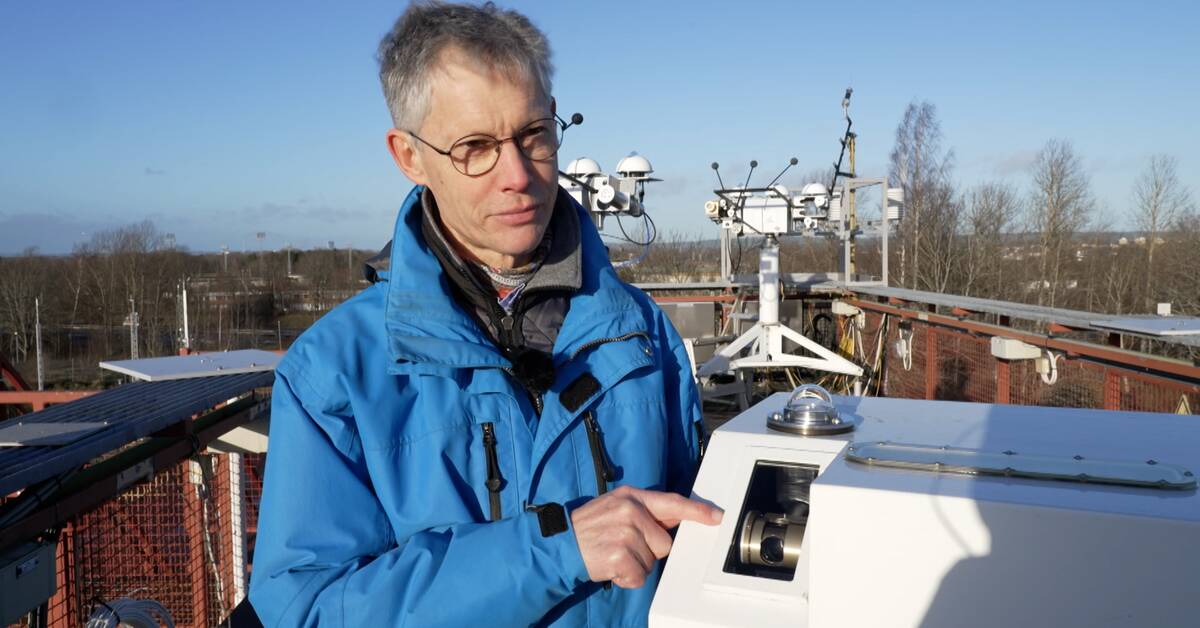The ozone layer above Sweden has been measured by SMHI in Norrköping and in Vindeln for decades, on behalf of the Swedish Environmental Protection Agency.
The graphs are not completely easy to interpret because the ozone content varies greatly even naturally over the year, and between years.
- But we don't see a statistically significant improvement over Sweden yet, says meteorologist Thomas Carlund on the roof of SMHI in Norrköping.
The ozone layer protects us from parts of the sun's harmful ultraviolet radiation, which causes skin cancer, among other things.
Scientists already warned in the 60s that the layer was thinning due to new ozone-destroying chemicals.
Chlorofluorocarbons in particular, so-called freons, which were used in refrigerators and as fuel in spray cans, were deemed to be an important culprit in the drama.
The ozone alarm in 1985
In 1985, the alarm came about a large hole in the ozone layer above Antarctica, which frightened many.
Two years later in Montreal, the countries of the world therefore managed to agree to regulate and phase out close to 100 ozone-destroying chemicals.
It is an agreement that is described as a real success story for international cooperation.
In a new UN report, the protocol is stated to have phased out 99 percent of the chemicals.
The ozone layer is judged to be on the way to recovery and may end up at the same levels as before the alarm around the year 2066, according to the report.
- The Montreal Protocol has really been successful in reducing the use of ozone-depleting substances.
But when it comes to how the ozone layer itself is doing, the picture is still unclear, says Thomas Carllund.
The graphs from the measurements in Vindeln and Norrköping are not identical, but none show a statistically significant improvement of the layer.
According to the models that the UN expert panel relies on in its calculations, there will also not be a clear improvement until several years from now.
- But we see that the thinning of the ozone layer during the 80s and 90s seems to have stopped.
Can help the climate
The agreement that was concluded in Montreal in the 80s also has great significance for the climate.
According to the UN panel, it can stop the earth's warming by between 0.5 and 1 degree until the turn of the century.
- Many of the chemicals that damage the ozone are also strong greenhouse gases, which are now being phased out.
It's very gratifying for the climate, and we need all the help we can get.

